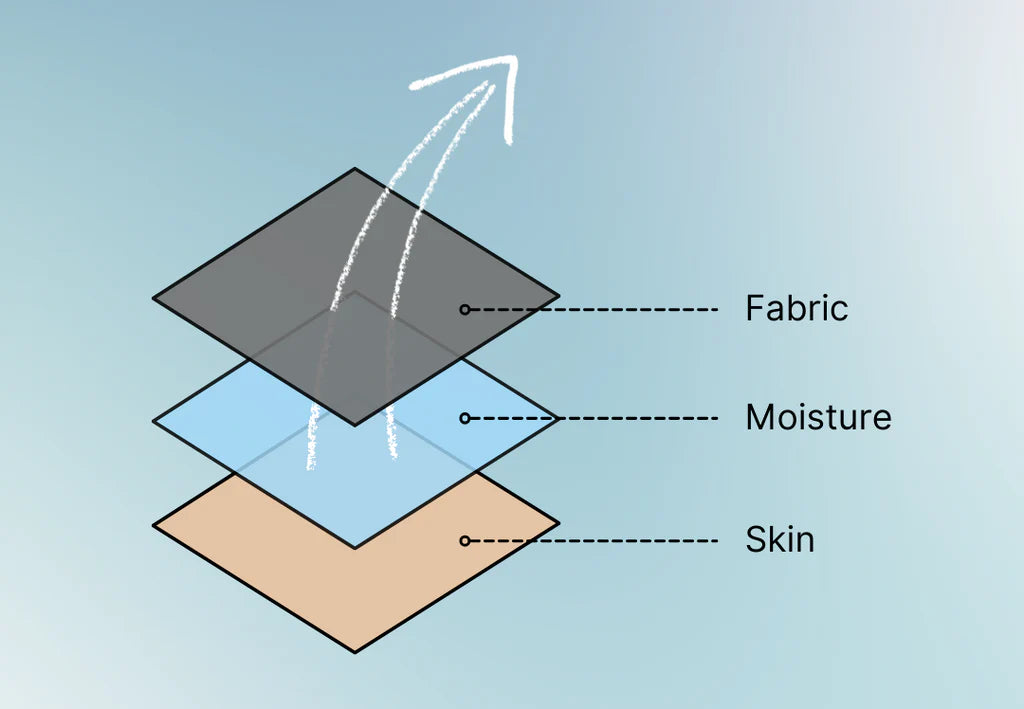
The importance of choosing the right materials when it comes to golf clothing
1. Comfort and Fit
- Breathability: Materials like polyester and microfiber are designed to wick moisture away from the body, keeping golfers cool and dry, especially in hot conditions. This helps maintain a comfortable body temperature and prevents chafing.
- Stretchability: Fabrics with elastane or spandex provide the necessary flexibility for a full range of motion during swings. This ensures that the clothing moves with the golfer rather than restricting movement.
- Softness: Natural fibers like cotton are often used for their softness and comfort against the skin, although modern blends can combine this comfort with better performance characteristics.
2. Performance Enhancement
- Moisture-Wicking: High-performance synthetic materials can draw sweat away from the skin to the fabric's surface, where it can evaporate quickly. This keeps the golfer dry and reduces the risk of overheating.
- Thermal Regulation: In cooler weather, materials such as merino wool or fleece can provide insulation while still allowing breathability, keeping the golfer warm without overheating.
- UV Protection: Some fabrics are treated or inherently designed to offer UV protection, shielding the skin from harmful sun rays during long hours on the course.
3. Durability and Maintenance
- Durability: Synthetic materials like polyester and nylon are generally more durable and resistant to wear and tear compared to natural fibers. This is particularly important given the physical activity and outdoor exposure involved in golf.
- Ease of Care: Many modern golf fabrics are designed to be easy to care for, often being machine washable, wrinkle-resistant, and quick-drying. This makes maintaining the clothing simpler and ensures it looks good over time.
4. Weather Adaptability
- Water Resistance: Waterproof or water-resistant materials are crucial for golfers who play in varied weather conditions. These materials keep the golfer dry during rain showers without sacrificing breathability.
- Wind Resistance: Windproof fabrics help protect against wind chill, ensuring that golfers can maintain a comfortable body temperature in windy conditions.
5. Aesthetics and Professionalism
- Appearance: The choice of material can also impact the look of the clothing. High-quality fabrics often have a better drape and finish, contributing to a more polished and professional appearance on the course.
- Maintenance of Form: Fabrics that resist wrinkling and maintain their shape contribute to a consistently sharp look, which can be important for maintaining confidence and professionalism.
Conclusion
Choosing the right materials for golf clothing is vital for ensuring comfort, enhancing performance, and maintaining durability. Modern fabrics offer a range of benefits that address the specific needs of golfers, from moisture management to UV protection, making material selection a key consideration for both amateur and professional players. Investing in high-quality golf attire can significantly impact a golfer's experience and performance on the course.
